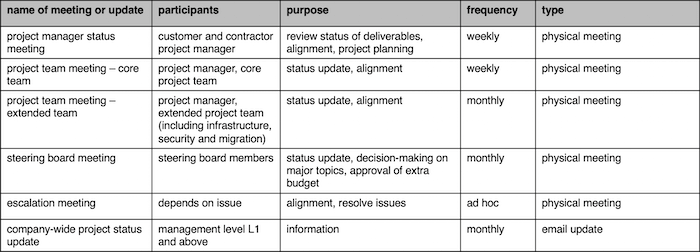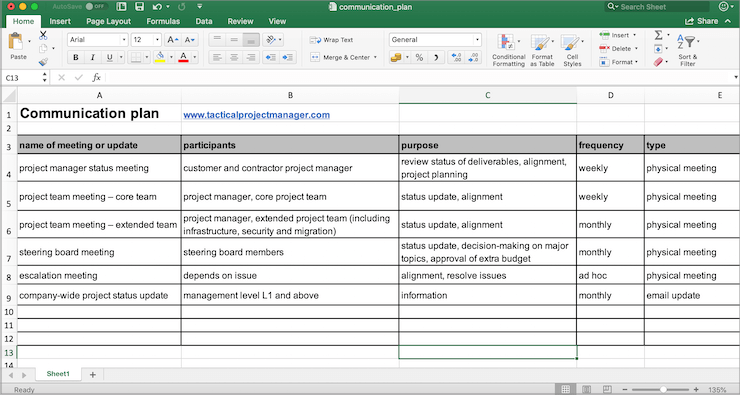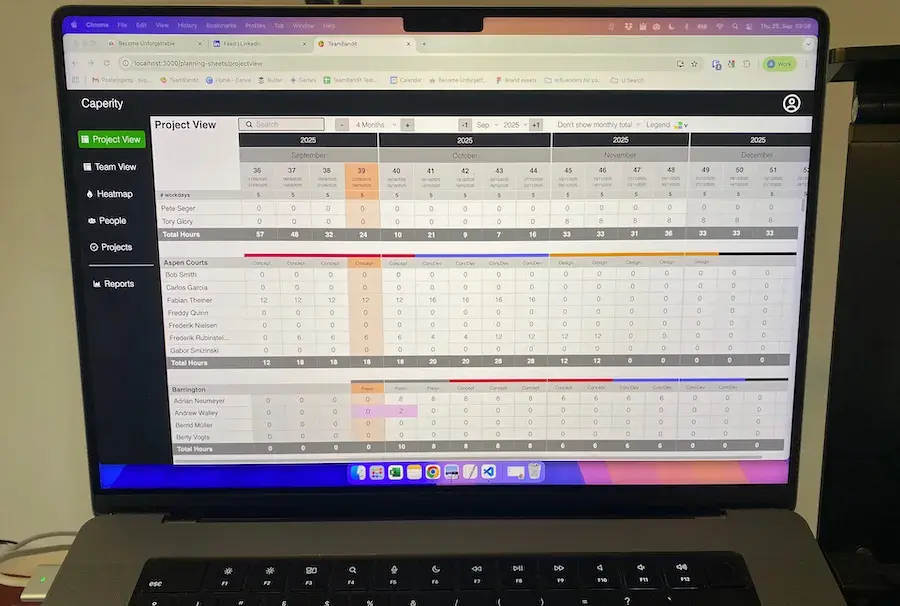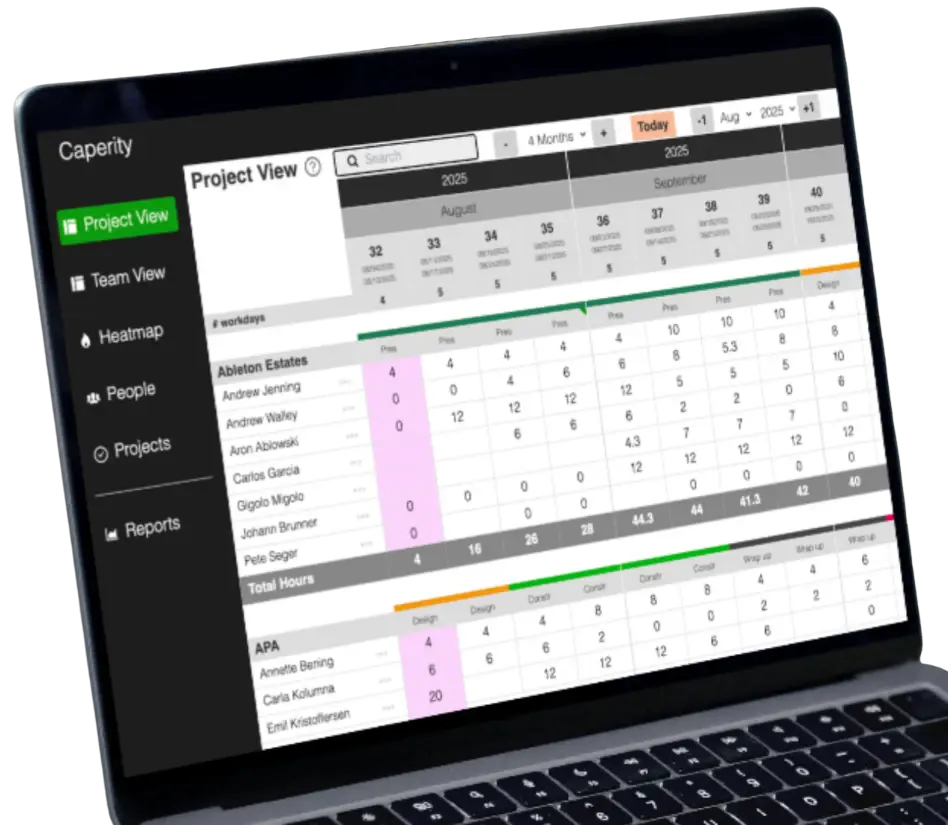Do you know what’s your most important job as a PM?
I’ll tell you.
It is to make communication happen. Because communication is the all-cure for every project.
Why is that? Think of a project as a complex network of inter-dependent activities. Whatever one team does (e.g. write a concept) has implications for another team (e.g. the developer or the end-user). If these people don’t talk to each other, this will lead to misunderstandings, which again can lead to delays.Read also: What are stakeholders?
How you can avoid embarrassing project delays.
The best way how you can ensure communication is to set up a communication plan right from the start. If you do that, you’ve already eliminated a big risk from your project. (Perform a project risk analysis to identify other risks.)What’s a project communication plan?
A communication plan defines how information and updates are shared within a project. To be more precise, it sets out how often stakeholders and the project team meet or communicate with each other to resolve issues or to get status updates. A good project plan must define the communication inside the project, but it must also address the information flow to stakeholders not directly involved in the project.Examples of what could be defined in communication plan
- Your software team should meet with key users once per week for some testing of the user interface.
- You want to have a weekly status meeting with your core team to share updates.
- Internal accounting would like to get monthly updates from you on project costs.
- The supervisors of the people in your team often come to you asking for status updates. You propose to send out a weekly email update.
Creating your project communication plan
Step 1: Identify the stakeholders of your project
What are the different sub-teams in the project? What are the stakeholders — both internally and outside the project? Make a list of all the teams/stakeholders. Hint: It’s useful to look at your project org chart. Some groups you may want to consider:- the project team
- different sub-teams (e.g. development, accounting, sales and others)
- supervisors
- the steering committee (Read more about steering committees)
- management (usually the Head of people)
- your CEO and other C-level guys
- customers
- suppliers
Step 2: Create the project communication plan
Take one hour and make yourself comfortable in a quiet meeting room. Next, open a blank Excel spreadsheet or download my template below. Start with the easy stuff: How often do you want to hold a project team meeting? Every two weeks? Great, put it into your project communication plan. What about steering committee meetings? They have already been agreed to be held once every 2 months. Boom, put it in the communication plan. Note: A good communication plan shouldn’t just be a list of meetings. Communication can also be done via email in the form of a status update. Now we have to look closer:- What further meetings make sense for your project?
- What email updates are required to share information in about the project?
- What people have specifically asked to be informed on a regular basis?
Some tips to guide you:
OVERCOMING DISTANCE: Teams may be based in different locations. Example: IT is based in Nevada but the project is based in Minnesota. Instead of hoping that collaboration will work out well, you can simply schedule a bi-weekly meeting with IT to get an update or to discuss current IT issues. BRINGING PEOPLE TOGETHER: Some departments in a company may be more used to working with each other than with others. In a manufacturing business, engineers are usually used to working closely with designers. Communication happens organically. With engineers and marketing people the situation is completely different. The tech guys have very different personalities than marketing people. The groups won’t communicate as well with each other. A great reason for setting up a common meeting to facilitate communication. RISK: As a PM you can’t care about everything. That’s why I like to put my focus on the areas with the biggest risk. If team A doesn’t communicate with team B, what could happen in the worst case? Am I willing to accept that risk or will it fuck up my project? For high risk I definitely set up a meeting in order to funnel and manage the communication. KEEP IT FLEXIBLE: A communication plan isn’t written in stone. It can be changed according the needs of a project. You can either reduce or increase the frequency of meetings. Or you can add further meetings to the plan if you notice communication isn’t happening in the way it should.Here’s our finished communication plan:

Step 3: Send out meeting invites and book conference rooms:
For all recurring meetings I like to book meeting rooms in advance. It’s just such as hassle to find meeting space on a short term. Next, send out meeting invites for the meetings in the communication plan.Step 4: Share the plan with the project team and stakeholders
Send the communication plan to all concerned people. It shows that you’ve considered their role in the project. It’s a way of saying: “Hey, I know you’ve got some stake in the project, so here’s how we plan to involve you.” Also, people see that there’s a place (i.e. a meeting) where they can ask questions about the project and share their concerns.A simple project communication plan template
Here’s a simple communication plan template for Excel. It’s the one I use for my projects. [optin-monster slug=”cstbrdnq1t3tkkhe8gv8″]
[optin-monster slug=”cstbrdnq1t3tkkhe8gv8″] Author
-
Hi, I’m Adrian, a Senior Project Manager and the Creator of Tactical Project Manager, where I teach a pragmatic approach to project management. Led large-scale IT and business projects for over 10 years. My goal is to enable you to lead any project with confidence.
View all posts



